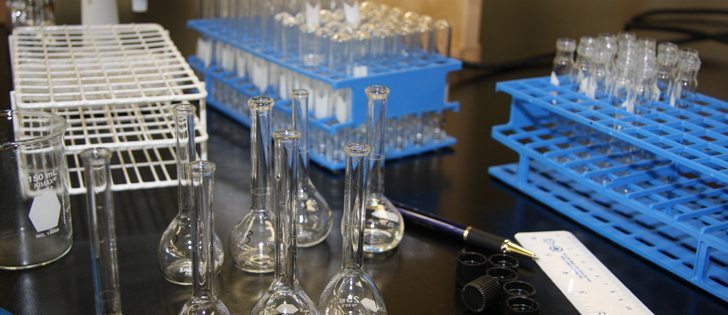Canada’s failure to meet its 30,000 animals per year target could jeopardize its controlled risk status designation
Canada is not testing enough cattle for BSE, which could jeopardize its place in the world as a major beef exporter.
“We are not meeting our quota targets for testing, which on an international trade level looks bad,” said Ian Giebelhaus of the Rimbey Veterinary Clinic.
He is one of four veterinarians hired by the Alberta government to promote testing and discuss the disease implications with producers.
The fatal brain wasting disease has a slow incubation period, so it is most likely to be found in older animals.
Read Also

Canadian Food Inspection Agency slammed for handling of bovine tuberculosis case
The federal government leans heavily on producers to “take one for the team” and risk their livelihoods without any reassurance of support.
Canada has a target of 30,000 head per year but has not reached that in the last two of three years.
However, testing an old but healthy cow may not be as useful as checking those that are down, diseased, distressed or dead for un-known reasons.
“Those are animals that are either dead or not suitable for transport. Those are the ones that veterinarians should be sampling,” Giebelhaus said.
“We actually have to test less cattle when we test the right ones,” he said. “Looking for BSE in slaughter animals is essentially a waste of time. It is not just the number of animals we test, it is the type of animals we test.”
Alberta has the largest cow herd, so more tests should come from the province. In addition, the Alberta program can provide a history of the animal when they are found on farm. In many jurisdictions, dead animals with no history are tested at rendering.
A cow that has gone down on the farm and has been acting oddly is a good candidate.
The World Organization for Animal Health grants points for the types of animals tested, which can help determine if a country has controlled or negligible risk status.
“We are the only major beef exporter in the world with controlled risk status,” he said.
Canada’s most recent case was found in February. A Canadian Food Inspection Agency report released Nov. 30 said contaminated feed given to the animal as a calf was the most likely cause. It was diagnosed on the farm.
“With the report on case 19 being out, people will remember it is still a relevant thing to do,” said Rob McNabb of the Canadian Cattlemen’s Association.
The herd is smaller and there are fewer old animals, but the surveillance must continue at the same rate.
All but one of Canada’s 19 cases were discovered on farms.
“That elevates our ability to keep it out of the food chain by finding it on the farm,” McNabb said.
Some countries have closed to Canadian beef imports since February and will be reviewing the most recent CFIA report of the 19th case.
Canada continues to test to ensure its control measures are working and obtain an estimate on disease prevalence. This allows Canada to improve or maintain its status with the OIE and the international community. Canada has conducted surveillance for BSE since 1993. Testing was increased after the discovery of BSE in a home-grown cow in 2003.
















